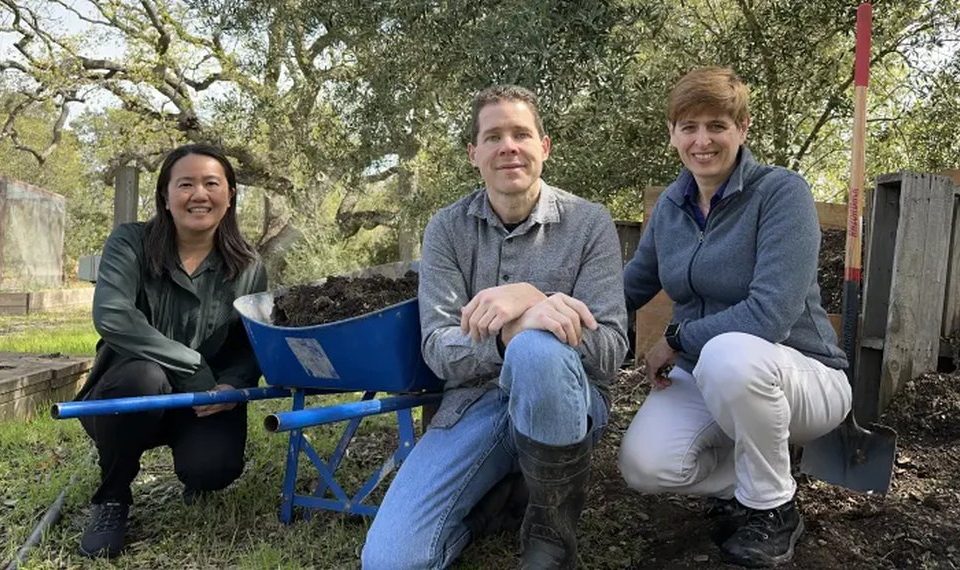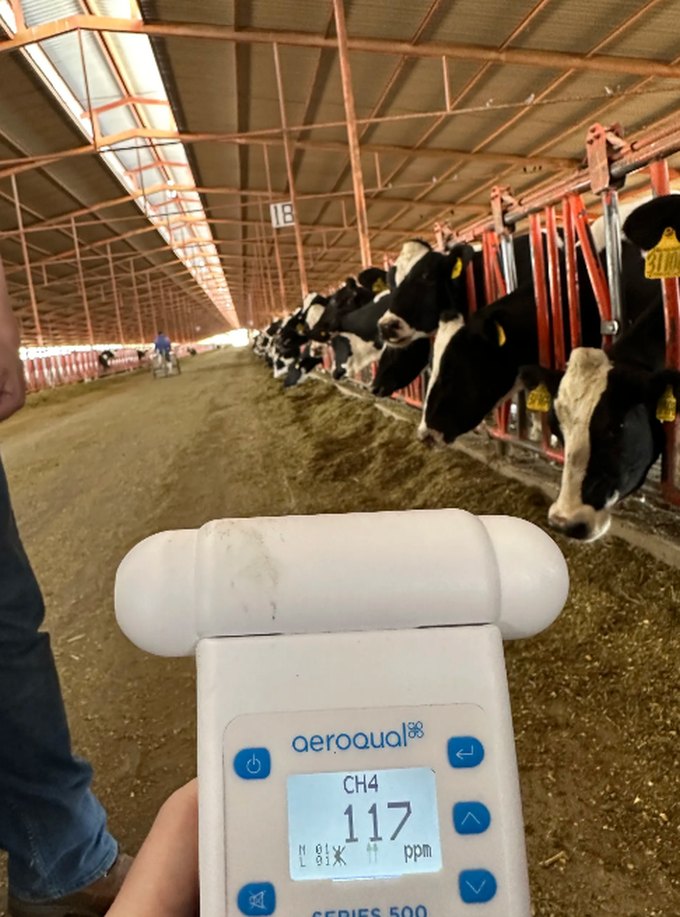Windfall Bio raises $9 million to use methane-eating microbes to combat climate change

We all have some kind of obsession. For serial entrepreneur and biochemist Josh Silverman, his obsession is methane, a greenhouse gas that is more powerful than carbon dioxide. Methane is produced by a variety of natural and anthropogenic sources, including wetlands, rice fields, landfills, and animals.
Methane is also produced when fossil fuels like natural gas are extracted and transported. However, unlike carbon dioxide, which can linger in the atmosphere for about 200 years, methane vanishes after about a decade, according to the International Energy Agency.
Although carbon dioxide is the single largest contributor to global warming, methane is in second place, responsible for about 30% of the global increase in temperature since the Industrial Revolution. But Methane has a global warming potential that is over 25 times greater than carbon dioxide over a 100-year time frame, so reducing methane emissions can have a significant impact on slowing down the rate of global warming.

Measuring the methane in a dairy barn in 2022. Normal atmospheric conditions are supposed to be at 1.8 ppm, so this reading is more than 60 times higher than average. Photo courtesy Windfall
According to NASA, Methane gets removed from the atmosphere faster than carbon dioxide, but during its first two decades in the air, it’s more than 80 times as potent as CO2 at trapping heat.
It’s for this reason that Silverman, the founder and CEO of Windfall Bio, has focused on methane for 15 years. While many companies and startups are working on reducing the amount of carbon dioxide in the atmosphere using carbon capture and other methods, Silverman has been focusing on the idea of using methane-eating microbes to combat climate change.
According to scientists, Methane-eating microbes, also known as methanotrophs, can be used to combat climate change by reducing the amount of methane, a potent greenhouse gas, in the atmosphere.
Methanotrophs are naturally occurring bacteria that can use methane as a source of energy and carbon for their growth. They are found in a variety of habitats, including rivers, land, and sea. Methanotrophs can consume methane before it is released into the atmosphere and converted into carbon dioxide, which has less global warming potential than methane. This process is called methane oxidation.
One of the ways to use methanotrophs to combat climate change is through biofiltration, a process that uses a bed of organic material, such as compost or wood chips, to support a population of methanotrophs. So, as methane-containing gas is passed through the bed, the methanotrophs consume the methane, converting it into carbon dioxide and water.
Another way to use methanotrophs is through bioreactors, which are large containers that contain a population of methanotrophs. Methane-containing gas is fed into the bioreactor, and the methanotrophs consume the methane, converting it into carbon dioxide and water. The carbon dioxide can then be captured and stored or used for other purposes.
It’s because of the obsession to use these naturally occurring bacteria to fight climate change that led Silverman to launch his latest startup company called Windfall Bio. The startup was founded in 2022. Since farmers have a lot of methane on hand from cow burps and cow manure, it is a symbiotic marriage for Windfall Bio, which now sells methane-eating microbes or methanotrophs as its pilot customers.
These enzymes eat the methane, which contributes to climate change, and capture nitrogen from the air to make fertilizer, a critical and expensive commodity that the farmer can then turn around and use right there on the farm. Investors also appear to love what Silverma is doing to save the planet.
Farmers have a lot of methane on hand from cow burps and cow manure. These enzymes eat the methane, which contributes to climate change, and capture nitrogen from the air to make fertilizer, a critical and expensive commodity that the farmer can then turn around and use right there on the farm.
Today, Windfall Bio announced to the public for the first time that it has secured a $9 million round of funding from venture firm Mayfield, with participation from other investors, including Bill Gates’ Breakthrough Energy Ventures.
The funding is also a confirmation of investors’ confidence in Windfall Bio. It has taken Silverman a long time to get this far. “For years, he struggled to get investors to pay attention to the idea because carbon dioxide has taken center stage in the climate change conversation,” CNBC wrote.
Carbon dioxide is the single largest contributor to global warming, but methane is in second place, responsible for about 30% of the global increase in temperature since the Industrial Revolution, according to the International Energy Agency. Methane gets scrubbed out of the atmosphere faster than carbon dioxide, but during its first two decades in the air, it’s more than 80 times as potent as CO2 at trapping heat, according to NASA.
“If you only look at the long term, and you don’t spend anything on short term, you end up tripping over your feet,” Silverman told CNBC. “Just in the last couple of years, I think that perception is really changing.”
Windfall Bio is not the first startup founded by Silverman. In 2010, he also co-founded Calysta, a clean energy startup that specializes in creating protein with fermentation. It was there that he had his first commercial experience with methane-eating bacteria.
“They were known in the literature and described, so you can find papers on them. But they were not sexy, they were not well known — it was a few Earth science professors literally in the basement of their geology departments who had looked at these,” Silverman told CNBC.
While methane-eating microbes are naturally occurring, the scientific literature at the time said they were very slow to grow and not easy to work with. But with further investigation, Silverman started to realize that those ideas were built on old research, and without modern technology.
“It turns out, most of the dogma was completely wrong,” Silverman said.
Similar to many other types of bacteria, methane-eating microbes can be genetically altered and cultivated rapidly given appropriate feeding methodologies and suitable environmental conditions.
Silverman aimed to leverage his extensive experience, including his understanding that methane can serve as a foundational element for other beneficial products, and his knowledge that microbes capable of consuming methane can be effectively expanded, to tackle the significant challenge of climate change, which he refers to as “the proverbial elephant in the room.”
“Who cares about making a little bit of impact here and there? You have got to swing for the fences, right? This is a ‘go big or go home’ story,” Silverman added.

